- Have any questions?
- +86-189 8930 5995
- sales@mosinterchem.com.cn
Aluminum CAS 7429-90-5

Triethylamine CAS 121-44-8
24/12/2018
1-Methyl-2-pyrrolidinone CAS 872-50-4
24/12/2018| Model: | MOS7429-90-5 |
| Brand Name: | MOSINTER |
| CAS No.: | 7429-90-5 |
| Purity: | 99.9 MIN |
| Molecular Formula: | Al |
| Molecular Weight: | 26.98 |
| Boiling point: | 2460 °C(lit.) |
| Melting point: | 660.37 °C(lit.) |
| Density: | 2.7 g/mL at 25 °C(lit.) |
| Flash point: | 400°C |
Aluminum(CAS: 7429-90-5)
| Item | Index |
| Molecular Formula | Al |
| Molecular Weight | 26.98 |
| Melting point | 660.37 °C(lit.) |
| Boiling point | 2460 °C(lit.) |
| Density | 2.7 g/mL at 25 °C(lit.) |
| Flash point | 400°C |
Aluminium (or aluminum; see spelling differences) is a chemical element in the boron group with symbol Al and atomic number 13. It is a silvery white, soft, ductile metal. Aluminium is the third most abundant element (after oxygen and silicon), and the most abundant metal in the Earth’scrust. It makes up about 8% by weight of the Earth’s solid surface. Aluminium metal is so chemically reactive that native specimens are rare and limited to extreme reducing environments. Instead, it is found combined in over 270 different minerals. The chief ore of aluminium is bauxite.
Aluminium is remarkable for the metal’s low density and for its ability to resist corrosion due to the phenomenon of passivation. Structural components made from aluminium and its alloys are vital to the aerospace industry and are important in other areas of transportation and structural materials. The most useful compounds of aluminium, at least on a weight basis, are the oxides and sulfates.
Despite its prevalence in the environment, no known form of life uses aluminium salts metabolically. In keeping with its pervasiveness, aluminium is well tolerated by plants and animals. Owing to their prevalence, potential beneficial (or otherwise) biological roles of aluminium compounds are of continuing interest.
Applications
General use
Aluminium is the most widely used non-ferrous metal. Global production of aluminium in 2005 was 31.9 million tonnes. It exceeded that of any other metal except iron (837.5 million tonnes). Forecast for 2012 is 42–45 million tonnes, driven by rising Chinese output.
Aluminium is almost always alloyed, which markedly improves its mechanical properties, especially when tempered. For example, the common aluminium foils and beverage cans are alloys of 92% to 99% aluminium. The main alloying agents are copper, zinc, magnesium, manganese, and silicon (e.g., duralumin) and the levels of these other metals are in the range of a few percent by weight.
Household aluminium foil
Aluminium-bodied Austin “A40 Sports” (c. 1951)
Aluminium slabs being transported from a smelter
Some of the many uses for aluminium metal are in:
- Transportation (automobiles, aircraft, trucks, railway cars, marine vessels, bicycles, etc.) as sheet, tube, castings, etc.
- Packaging (cans, foil, frame of etc.)
- Construction (windows, doors, siding, building wire, etc.).
- A wide range of household items, from cooking utensils to baseball bats, watches.
- Street lighting poles, sailing ship masts, walking poles, etc.
- Outer shells of consumer electronics, also cases for equipment e.g. photographic equipment, MacBook Pro’s casing
- Electrical transmission lines for power distribution
- MKM steel and Alnico magnets
- Super purity aluminium (SPA, 99.980% to 99.999% Al), used in electronics and CDs.
- Heat sinks for electronic appliances such as transistors and CPUs.
- Substrate material of metal-core copper clad laminates used in high brightness LED lighting.
- Powdered aluminium is used in paint, and in pyrotechnics such as solid rocket fuels and thermite.
-
- A variety of countries, including France, Italy, Poland, Finland, Romania, Israel, and the former Yugoslavia, have issued coins struck in aluminium or aluminium-copper alloys.
Aluminium is usually alloyed – it is used as pure metal only when corrosion resistance and/or workability is more important than strength or hardness. A thin layer of aluminium can be deposited onto a flat surface by physical vapour deposition or (very infrequently) chemical vapour deposition or other chemical means to form optical coatings and mirrors.
Aluminium compounds
Because aluminium is abundant and most of its derivatives exhibit low toxicity, the compounds of aluminium enjoy wide and sometimes large-scale applications.
Alumina
Main article: Aluminium oxide
Aluminium oxide (Al2O3) and the associated oxy-hydroxides and trihydroxides are produced or extracted from minerals on a large scale. The great majority of this material is converted to metallic aluminium. About 10% of the production capacity is used for other applications. A major use is as an absorbent. For example, alumina removes water from hydrocarbons, which enables subsequent processes that are poisoned by moisture. Aluminium oxides are common catalysts for industrial processes, e.g. the Claus process for converting hydrogen sulfide to sulfur in refineries and for the alkylation of amines. Many industrial catalysts are”supported”, meaning generally that an expensive catalyst (e.g., platinum) is dispersed over a high surface area material such as alumina. Being a very hard material (Mohs hardness 9), alumina is widely used as an abrasive and the production of applications that exploit its inertness, e.g., in high pressure sodium lamps.
Sulfates
Several sulfates of aluminium find applications. Aluminium sulfate (Al2(SO4)3(H2O)18) is produced on the annual scale of several billions of kilograms. About half of the production is consumed in water treatment. The next major application is in the manufacture of paper. It is also used as a mordant, in fire extinguisher, as a food additive, in fireproofing, and in leather tanning. Aluminium ammonium sulfate, which is also called ammonium alum, (NH4)Al(SO4)2·12H2O, is used as a mordant and in leather tanning. Aluminium potassium sulfate ([Al(K)](SO4)2)(H2O)12 is used similarly. The consumption of both alums is declining.
Chlorides
Aluminium chloride (AlCl3) is used in petroleum refining and in the production of synthetic rubber and polymers. Although it has a similar name, aluminium chlorohydrate has fewer and very different applications, e.g. as a hardening agent and an antiperspirant. It is an intermediate in the production of aluminium metal.
Niche compounds
Given the scale of aluminium compounds, a small scale application could still involve thousands of tonnes. One of the many compounds used at this intermediate level include aluminium acetate, a salt used in solution as an astringent. Aluminium borate (Al2O3·B2O3) is used in the production of glass and ceramics. Aluminium fluorosilicate (Al2(SiF6)3) is used in the production of synthetic gemstones, glass and ceramic. Aluminium phosphate (AlPO4) is used in the manufacture: of glass and ceramic, pulp and paper products, cosmetics, paints and varnishesand in making dental cement. Aluminium hydroxide (Al(OH)3) is used as an antacid, as a mordant, in water purification, in the manufacture of glass and ceramic and in the waterproofing of fabrics. Lithium aluminium hydride is a powerful reducing agent used in organic chemistry. Organoaluminiums are used as Lewis acids and cocatalysts. For example, methylaluminoxane is a cocatalyst for Ziegler-Natta olefin polymerization to produce vinyl polymers such as polyethene.
Aluminium alloys in structural applications
Main article: Aluminium alloy
Aluminium foam
Aluminium alloys with a wide range of properties are used in engineering structures. Alloy systems are classified by a number system (ANSI) or by names indicating their main alloying constituents (DIN and ISO).
The strength and durability of aluminium alloys vary widely, not only as a result of the components of the specific alloy, but also as a result of heat treatments and manufacturing processes. A lack of knowledge of these aspects has from time to time led to improperly designed structures and gained aluminium a bad reputation.
One important structural limitation of aluminium alloys is their fatigue strength. Unlike steels, aluminium alloys have no well-defined fatigue limit, meaning that fatigue failure eventually occurs, under even very small cyclic loadings. This implies that engineers must assess these loads and design for a fixed life rather than an infinite life.
Another important property of aluminium alloys is their sensitivity to heat. Workshop procedures involving heating are complicated by the fact that aluminium, unlike steel, melts without first glowing red. Forming operations where a blow torch is used therefore require some expertise, since no visual signs reveal how close the material is to melting. Aluminium alloys, like all structural alloys, also are subject to internal stresses following heating operations such as welding and casting. The problem with aluminium alloys in this regard is their low melting point, which make them more susceptible to distortions from thermally induced stress relief. Controlled stress relief can be done during manufacturing by heat-treating the parts in an oven, followed by gradual cooling—in effect annealing the stresses.
You must be logged in to post a review.

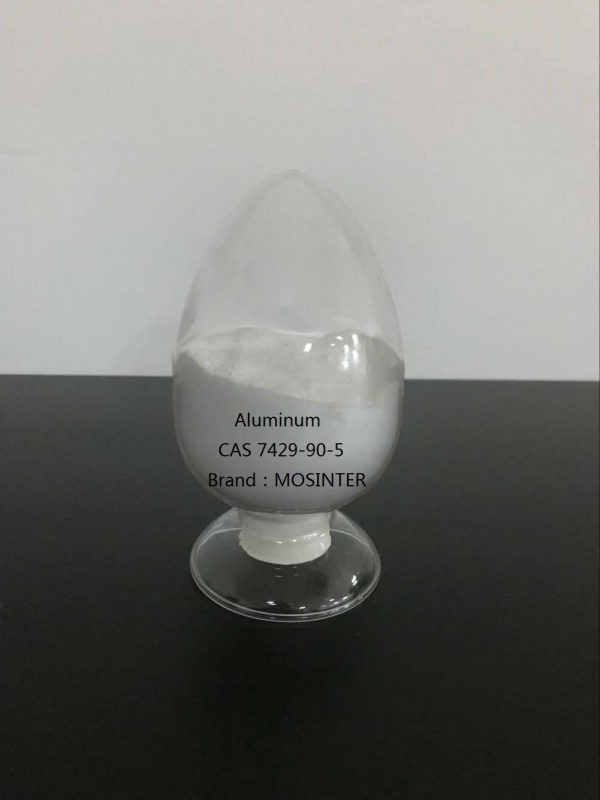
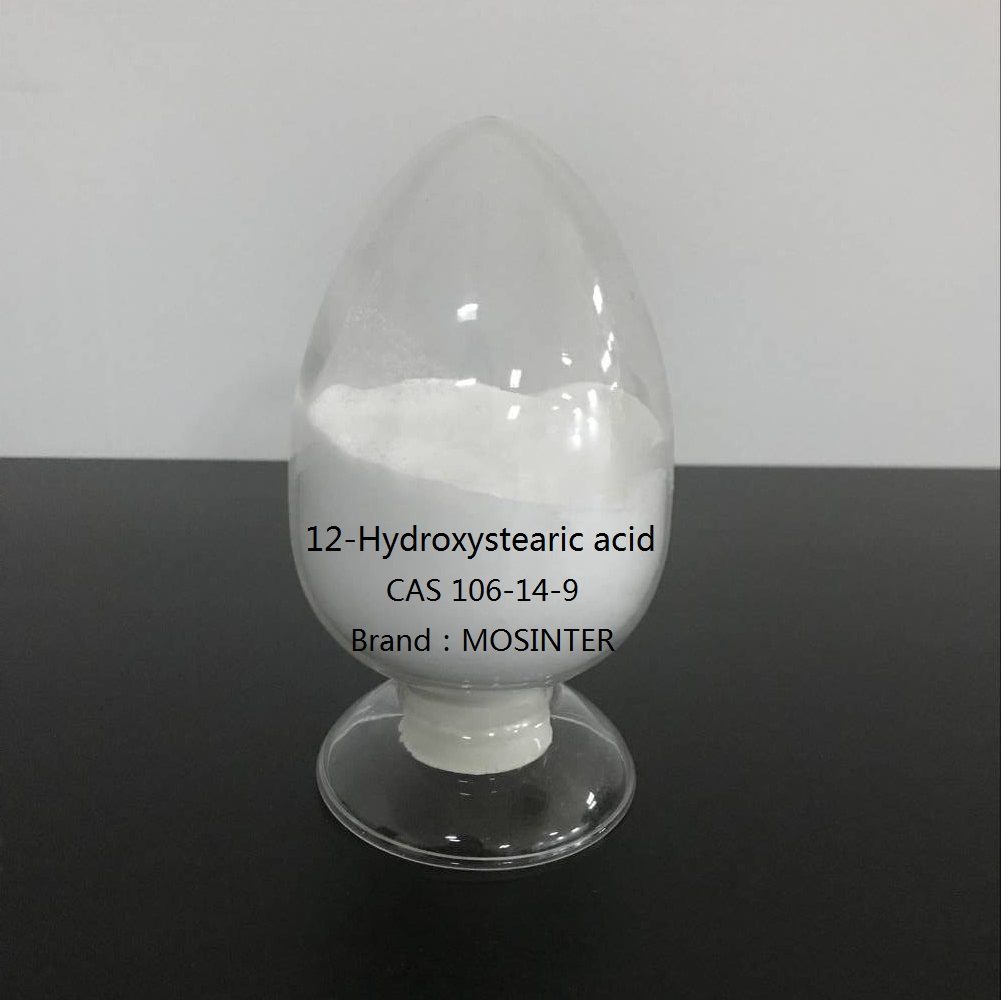
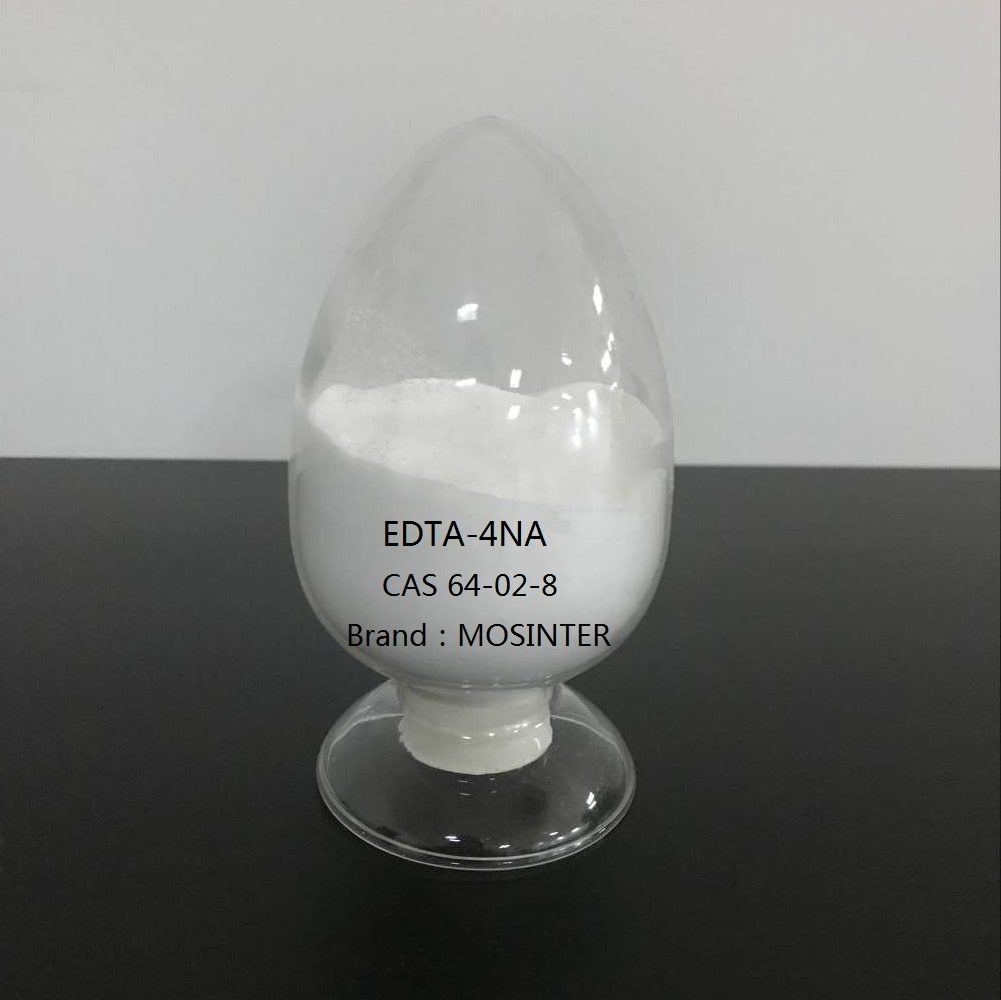
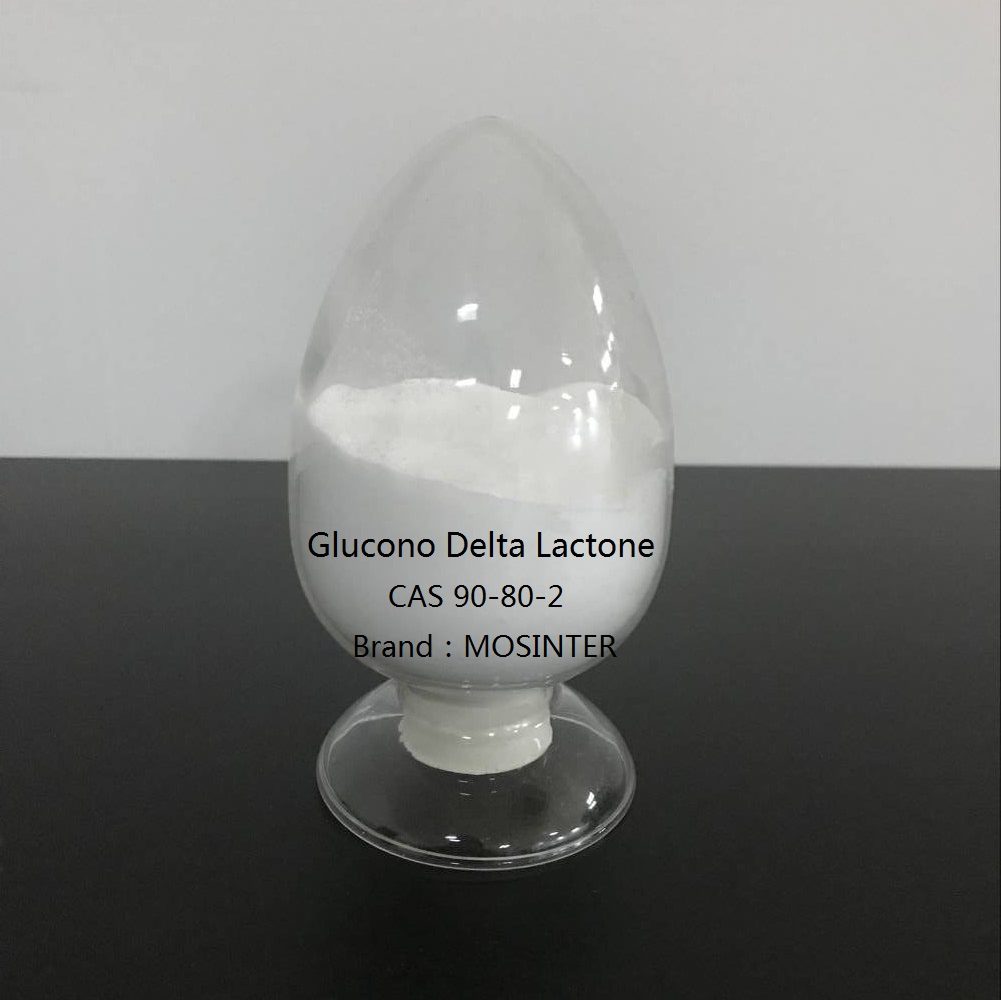
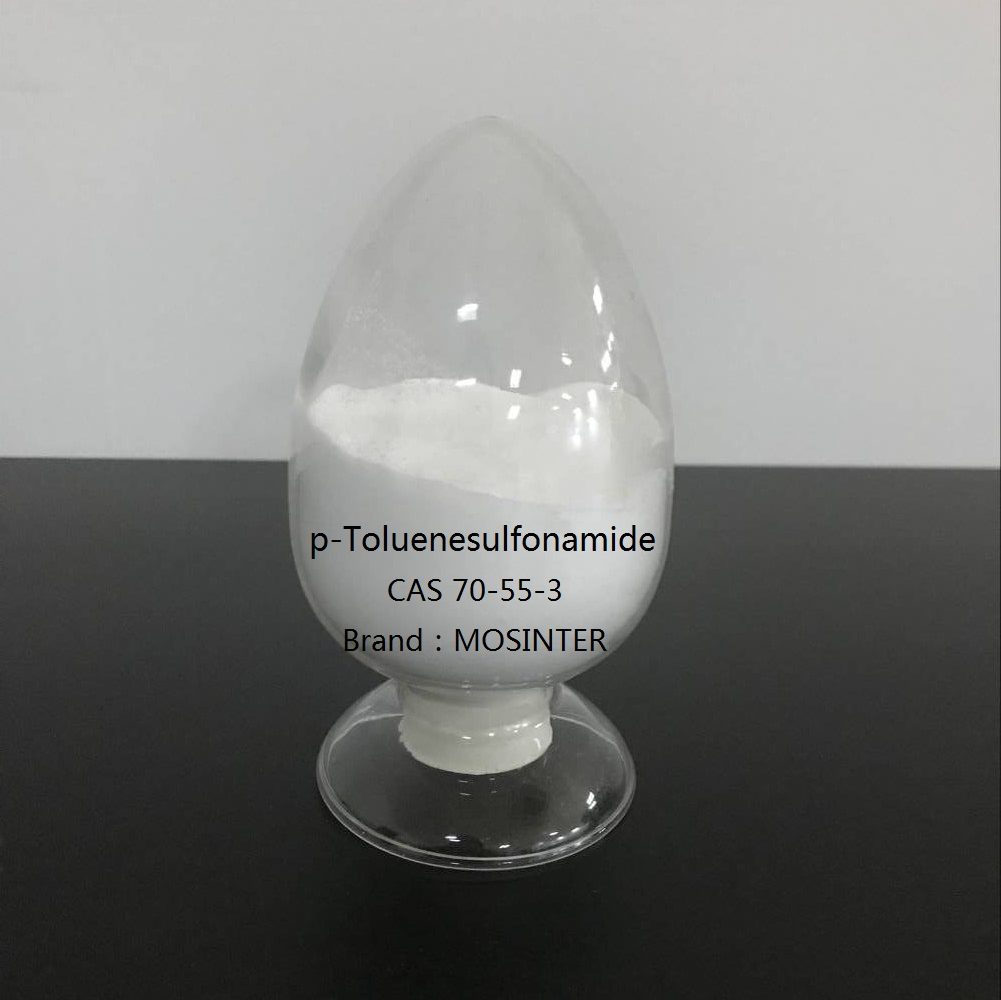
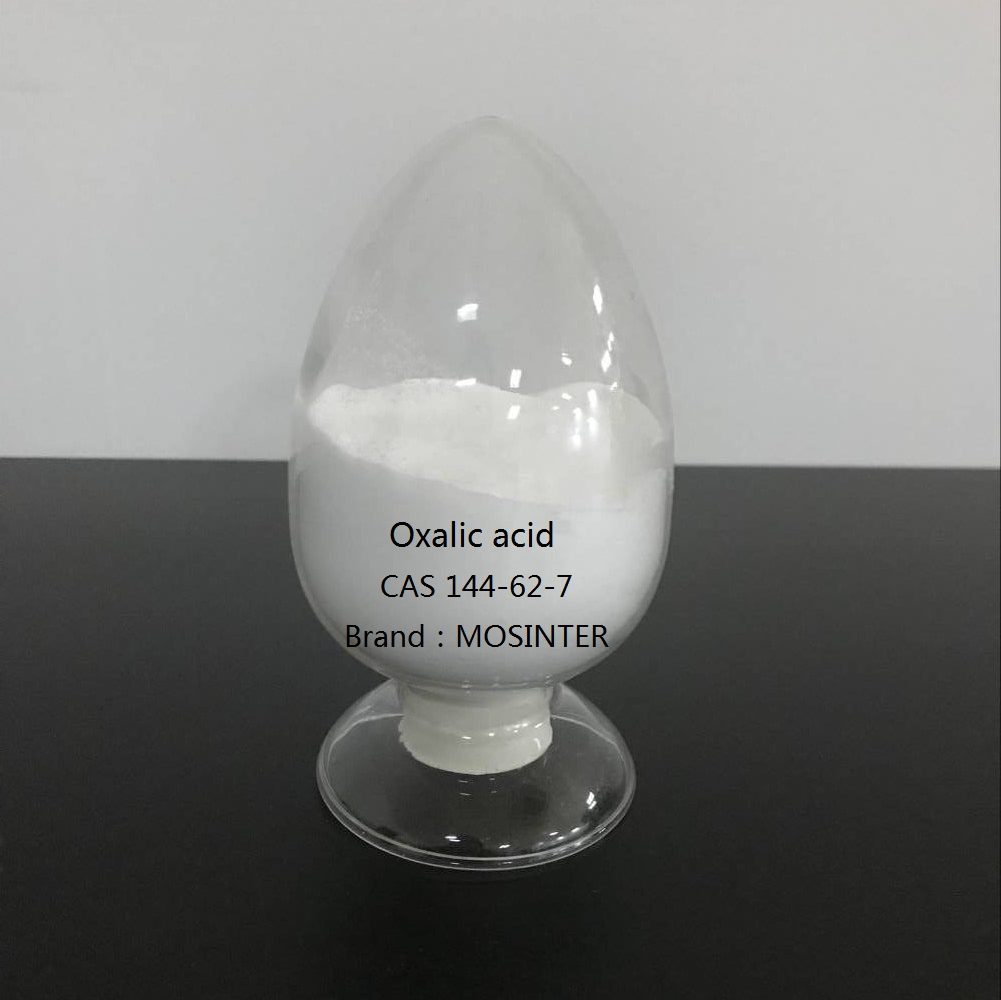
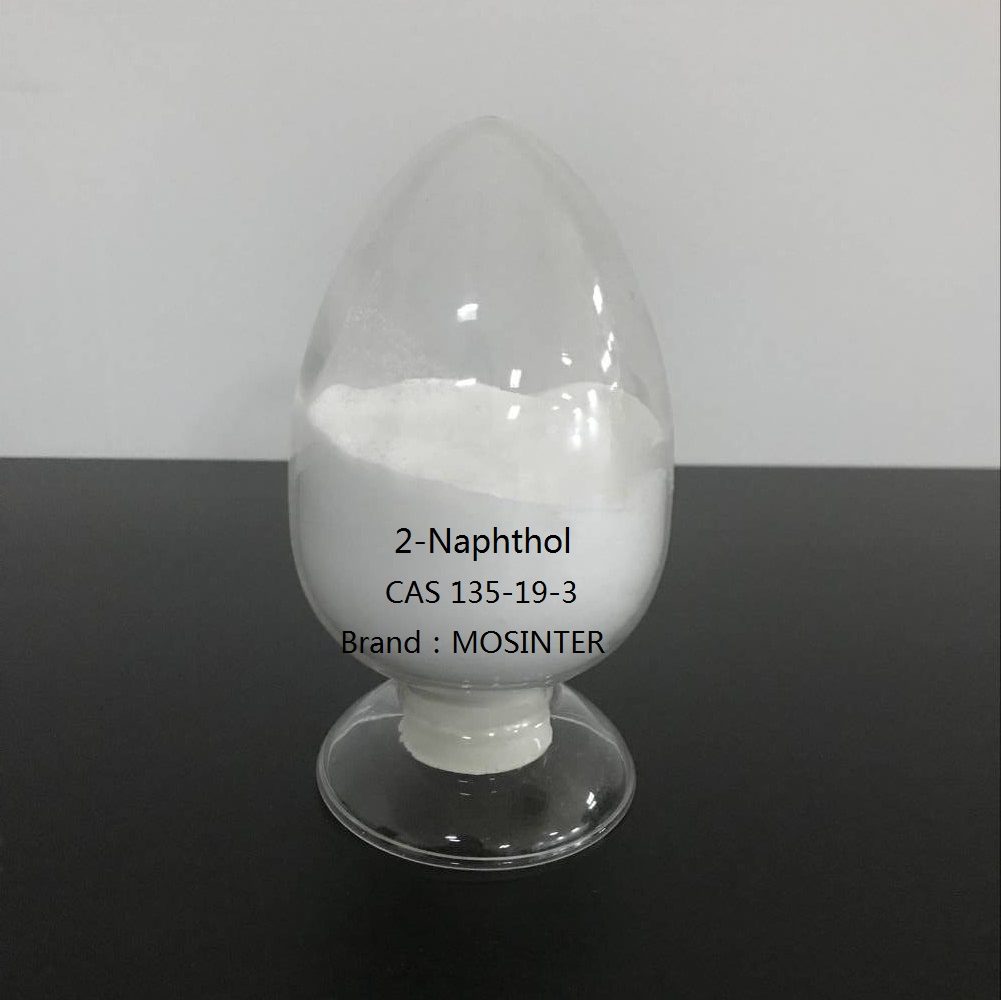
Reviews
There are no reviews yet.